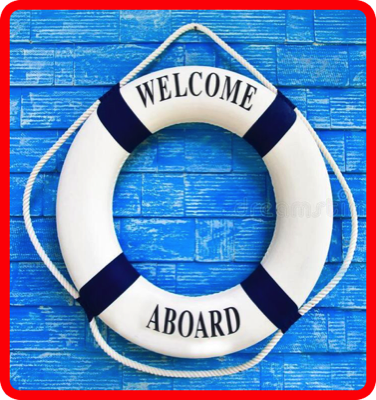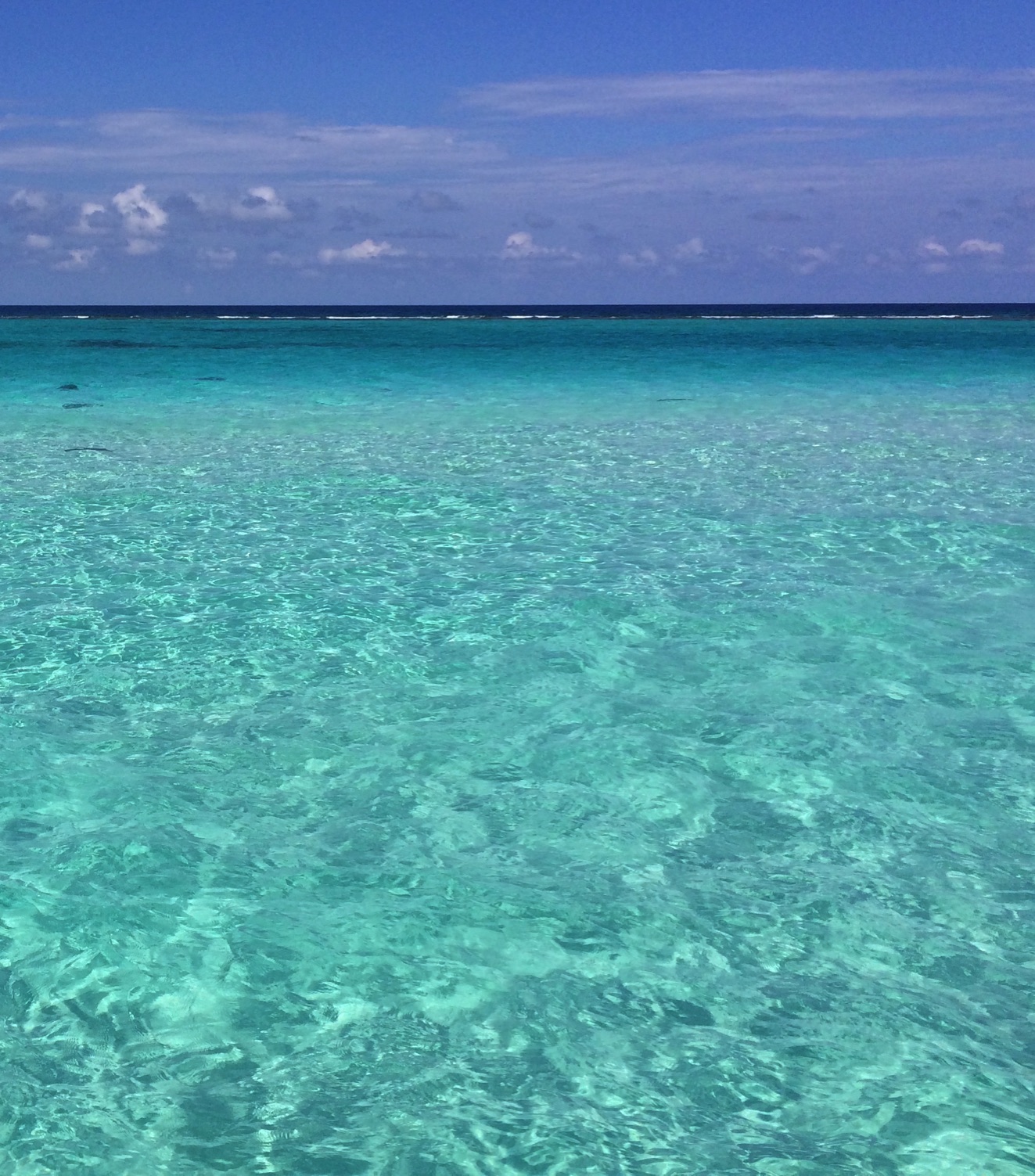
Welcome aboard! Thank you for visiting this new website dedicated to the field of Side Scan Sonar.
What is a Side Scan Sonar?
It is a specialized kind of technology that has revolutionized the field of ocean exploration. Its commercial introduction in the mid-1960s helped create a new industry along with many new jobs.
Sonar has been used to find countless shipwrecks. It has been used for many applications related to oil exploration and production. It helped to eliminate the dangerous and costly practice of wire-drag to help clear harbor areas. Its use in military operations such as mine clearance has helped to save lives. It has found many applications in marine construction, dredging, harbor engineering, pipe and cable laying and fisheries.
The original source material for most of the items on this website are in the Martin Klein Collection at the MIT Museum.



















